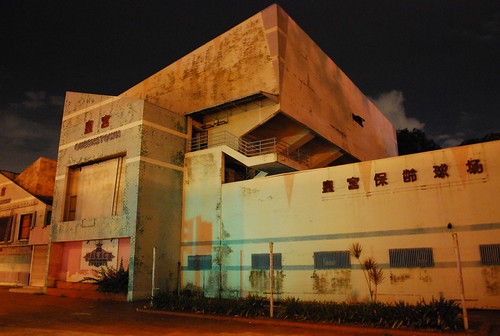Hi!
This is the first night shot pic i took using my D60 and Kitlens. Please advise any improvement to composition/techniques and etc.
Taken at 9pm , as testing my kit lens I like the night photography with lights illuminating architecture so this is my first attempt. The green light in the mirror was illuminated by a green pedestrian traffic light.
I like the night photography with lights illuminating architecture so this is my first attempt. The green light in the mirror was illuminated by a green pedestrian traffic light.
18mm wide at F/3.5, Shutter 1 Second. Handheld. Uncropped, only resized and a smart sharpen 0.3pixels.
ISO was at 1600, i think.

This is the first night shot pic i took using my D60 and Kitlens. Please advise any improvement to composition/techniques and etc.
Taken at 9pm , as testing my kit lens
18mm wide at F/3.5, Shutter 1 Second. Handheld. Uncropped, only resized and a smart sharpen 0.3pixels.
ISO was at 1600, i think.



